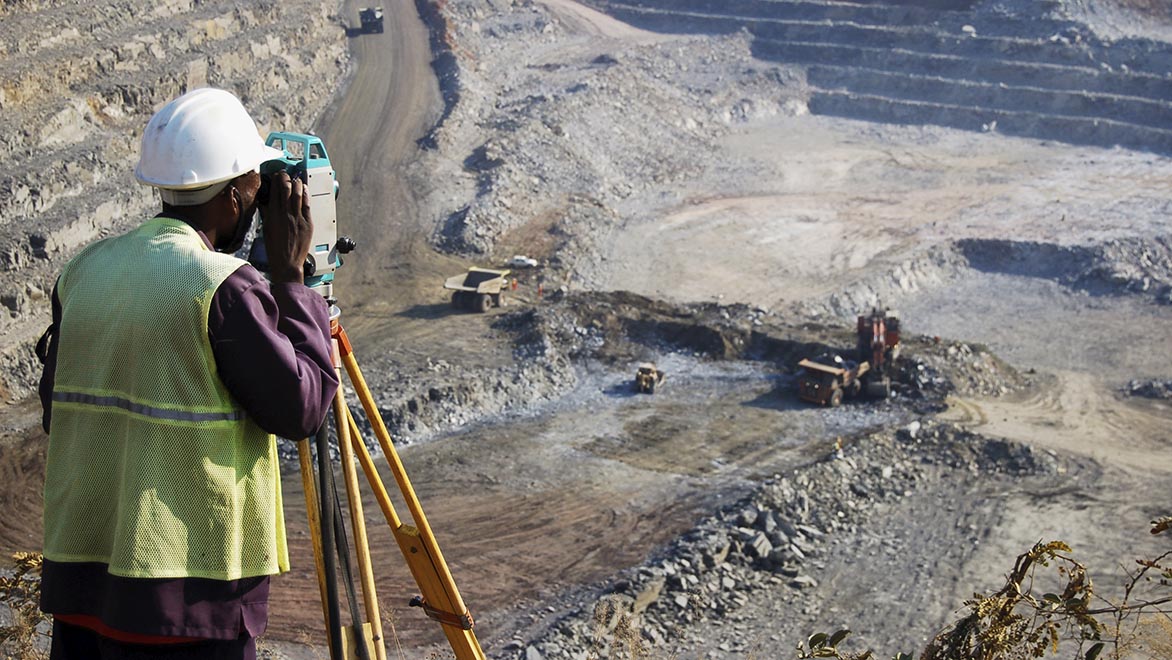Geotechnical Engineering For Construction Projects Things To Know Before You Get This
Geotechnical Engineering For Construction Projects Things To Know Before You Get This
Blog Article
Geotechnical Engineering For Construction Projects Fundamentals Explained
Table of ContentsIndicators on Geotechnical Engineering For Construction Projects You Should KnowThe Buzz on Geotechnical Engineering For Construction ProjectsHow Geotechnical Engineering For Construction Projects can Save You Time, Stress, and Money.More About Geotechnical Engineering For Construction ProjectsThe Single Strategy To Use For Geotechnical Engineering For Construction ProjectsThe Facts About Geotechnical Engineering For Construction Projects RevealedA Biased View of Geotechnical Engineering For Construction Projects
Principles and Practice of Ground Enhancement. Ground Enhancement Concepts And Applications In Asia. Design analysis in rock mechanics.Cengage Understanding, Stamford, 666 p. Atkinson, J., 2007. The mechanics of soils and foundations. Taylor & Francis, N.Y., 442 p. Floating Offshore Wind Wind Turbines: Feedbacks in a Sea state Pareto Optimal Designs and Economic Evaluation, P. Sclavounos et al., October 2007. Nicholson, D, Tse, C and Cent, C. (1999 ). The Observational Technique in ground design concepts and applications.
The smart Trick of Geotechnical Engineering For Construction Projects That Nobody is Talking About
Laboratory and area testing plays an important role in this procedure. By extracting examples from the earth's subsurface and using a suite of examinations, geotechnical engineers can anticipate the behaviour of soil layers and evaluate their suitability for numerous construction efforts. The essence of geotechnical engineering in civil design can not be overemphasized, attributable to a number of factors: The preliminary step in any type of geotechnical research involves establishing the soil type at the building site.
Recognizing these attributes ensures that only suitable dirt kinds are selected for the advancement, consequently avoiding potential architectural failings. The structure acts as the bedrock of any type of building and construction project. Choosing the suitable structure kind is a choice that rests on the extensive analysis supplied by geotechnical design. This ensures the longevity and security of structures by fitting the tons they will certainly birth.

Geotechnical website investigation is a crucial action in the preparation and implementation of any kind of construction job. It includes the collection and analysis of data connected to the physical residential or commercial properties of soil and rock beneath a suggested building and construction website. This details is crucial for the style and building and construction of risk-free, steady, and sustainable structures.
The Of Geotechnical Engineering For Construction Projects
, likewise understood as subsurface expedition, involves a series of tasks intended at figuring out the soil, rock, and groundwater problems at a construction site. The main purposes are to determine possible geotechnical hazards, evaluate the engineering buildings of subsurface materials, and offer suggestions for the style and construction of foundations, maintaining wall surfaces, and various other structures.
The workdesk research study helps in identifying potential geotechnical issues and planning the succeeding fieldwork. This includes observing the topography, drain patterns, existing structures, vegetation, and any indications of instability or erosion.
Geotechnical Engineering For Construction Projects Fundamentals Explained
Shallow examination pits are excavated to straight observe and sample the soil and rock. This method serves for researching the upper layers of the subsurface and recognizing near-surface risks. Non-invasive geophysical methods, such as seismic refraction, ground-penetrating radar (GPR), and electric resistivity tomography (ERT), are used to map subsurface problems and discover anomalies.
Dirt and rock samples accumulated during the area examination go through laboratory testing to identify their physical and mechanical residential or commercial properties. Usual laboratory examinations consist of grain size analysis, Atterberg limits, compaction examinations, triaxial shear tests, and loan consolidation tests. These tests give necessary information for geotechnical analysis and layout. The data accumulated from the desk research, website reconnaissance, field investigation, and research laboratory testing are evaluated and analyzed to establish a thorough understanding of the subsurface conditions.
The primary benefit of geotechnical site investigation is ensuring the safety and stability of structures. By understanding the subsurface conditions, engineers can develop foundations and other architectural components that can withstand the loads and environmental forces they will certainly go through. This lessens the threat of negotiation, decrease, and structural failure.
The 7-Second Trick For Geotechnical Engineering For Construction Projects
As an example, understanding dirt features can guide the selection of excavation strategies, dewatering techniques, and ground enhancement measures. This ensures effective and safe construction methods. Geotechnical site examinations are typically required by constructing codes and guidelines. Following these demands makes certain compliance with legal and safety and security criteria, staying clear of possible lawful obligations and job delays.
This info is invaluable for job supervisors, architects, and specialists in developing reasonable timetables, budgets, and contingency plans. Geotechnical Engineering for Construction Projects. Skyscraper in a Coastal AreaIn a coastal city, a high-rise property structure was intended on a site with presumed loosened sand down payments and a high water table. A comprehensive geotechnical investigation, consisting of borehole drilling, CPT, and geophysical surveys, was conducted
Excitement About Geotechnical Engineering For Construction Projects
Based on these findings, the structure design was modified to consist of deep heap structures extending right into secure strata, and ground renovation methods, such as vibro-compaction, were carried out to alleviate liquefaction risks. This aggressive strategy made certain the safety and security and stability of the building while avoiding pricey post-construction removal. Facilities Development on a Sloping TerrainA major facilities task, including the more information building of a highway and bridges, was intended on a sloping terrain with high inclines.

The Leaning Tower of Pisa (Italy), a renowned architectural wonder, is well known for its unintentional tilt from substantial geotechnical problems. The tower's foundation was inadequately made to take care of the soft, unsteady soil beneath it, resulting in uneven settlement and its unique lean. Our world is populated with outstanding infrastructure projectsfrom looming high-rise buildings to stretching bridgesall standing statement to the evolution of the numerous building and construction equipment and approaches available.
Geotechnical design is a specialized area within civil engineering that concentrates on researching the behavior of planet materials. This branch digs deep right into the groundinvestigating how the dirt, rock, visit the site and groundwater at a building site can influenceand be influenced bythe framework that we erect on and into them. Prior to a solitary brick is laid or a concrete foundation put, geotechnical designers probe right into the earthgathering important data regarding the website's dirt structure, rock framework, and groundwater degrees.
All about Geotechnical Engineering For Construction Projects

is a tool made use of to examine the integrity and load-bearing ability of piles during installation, leveraging the principle of wave breeding. It optimizes building performance by giving real-time assessments, therefore guaranteeing risk-free and efficient pile foundations. One of the useful applications of geotechnical engineering includes making find out this here a decision and performing the right techniques for foundation construction.
Pile driving stands for even more than the plain act of inserting architectural components into the ground. As a matter of fact, it is a carefully orchestrated procedure of moving a framework's lots past the much less steady soil layers closer to the surfacedown to the more substantial strata that lie beneath. When it comes to pile driving, consider just how geotechnical engineers expertly use this strategy to uniformly distribute the structure's weight.
Report this page